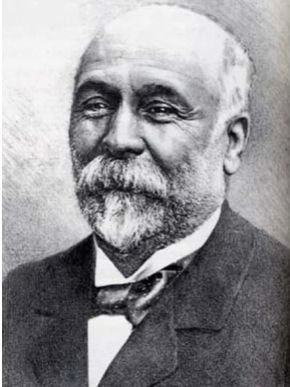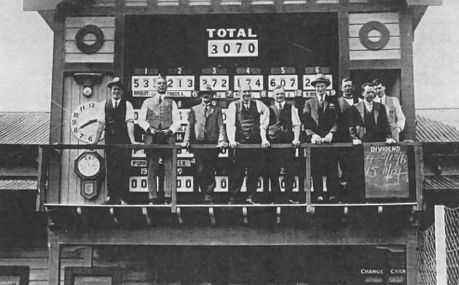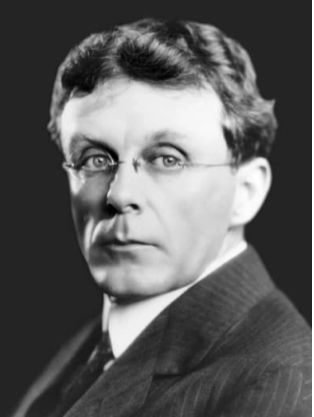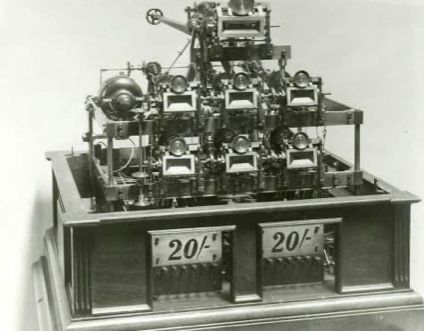The tote, or parimutuel betting, is the simplest and most ancient system for wagering on events. The concept is that bets are pooled together, and after an event concludes, the organizer’s commission and taxes are deducted, with the remaining funds distributed among the winning bets proportional to their stake. Unlike bookmakers, there are no fixed odds, and players do not know their potential winnings until the event ends.
Initially, these were informal bets among a circle of friends or acquaintances at events. There were risks of the organizer disappearing with the funds.

In 1867, Joseph Oller, a Spanish entrepreneur living in Paris and co-founder of the famous Moulin Rouge cabaret, opened the first official betting office in Paris. The public welcomed this organized betting approach, leading to the opening of similar offices.
Initially, agencies opened at racecourses, followed by the introduction of mobile betting offices. Large boards (the totalisator board) displayed bets for each runner and the total pool size.

Calculations were done manually, slowing down winnings distribution and not guaranteeing accuracy. In 1880, New Zealand introduced the Eckler machine, resembling an arithmometer. Operated by a lever, it facilitated the counting of bets and prize payouts but struggled with large volumes.
Racecourses began constructing buildings for totes, with huge boards on the façade visible from afar. Operators accepted bets, processed data, and displayed it on the board. This was a coordinated effort throughout the race day, akin to a computer where the human factor was key.

The real revolution in gambling came with the first mechanical totalisator, invented by Australian engineer George Julius. Initially, he created a vote-counting machine for Western and Federal Australia's governments, which showed no interest.

Advised by a friend, he visited a racecourse and realized his machine could be adapted for tote calculations. George Julius spent years refining the mechanism in his Sydney garage, adapting it for racecourse use.

In 1913, the first automatic totalisator was installed at Ellerslie Stadium in Auckland, New Zealand. It displayed real-time odds for 30 horses, total bets on them, and the total bet sum. It was a massive machine occupying a three-story building, with the first floor for betting and the rest for the mechanism. The second floor housed a huge board showing runners' odds and placed bets.
The totalisator functioned like mechanical clocks, operated by heavy weights suspended on chains. Five years later, an improved electric model operated at Gloucester Park in Western Australia.
This marked the start of Auckland Totalisators Limited (ATL), supplying totes worldwide for 50 years.
In 1928, the first tote for dog racing was installed in the UK, and in 1932 in Florida. The largest was in Longchamp, Paris, serving up to 42 runners, connected to 300 ticket machines, and calculating multiple results – a remarkable technical achievement.
Mechanical installations functioned on racetracks worldwide until the 1970s, when electromechanical totes began to be replaced by computer systems.
Today, betting software is installed on computers, and totalisator boards (tote boards) are replaced by LCD displays. Many bookmakers have a tote, expanding offerings and providing more gaming opportunities to the clients

